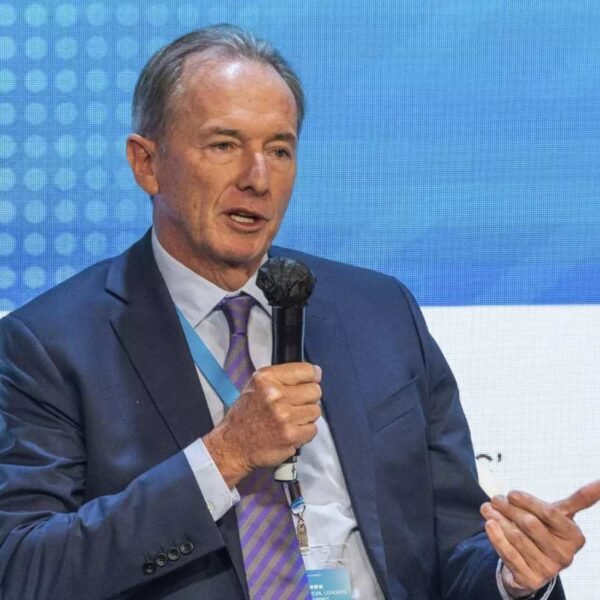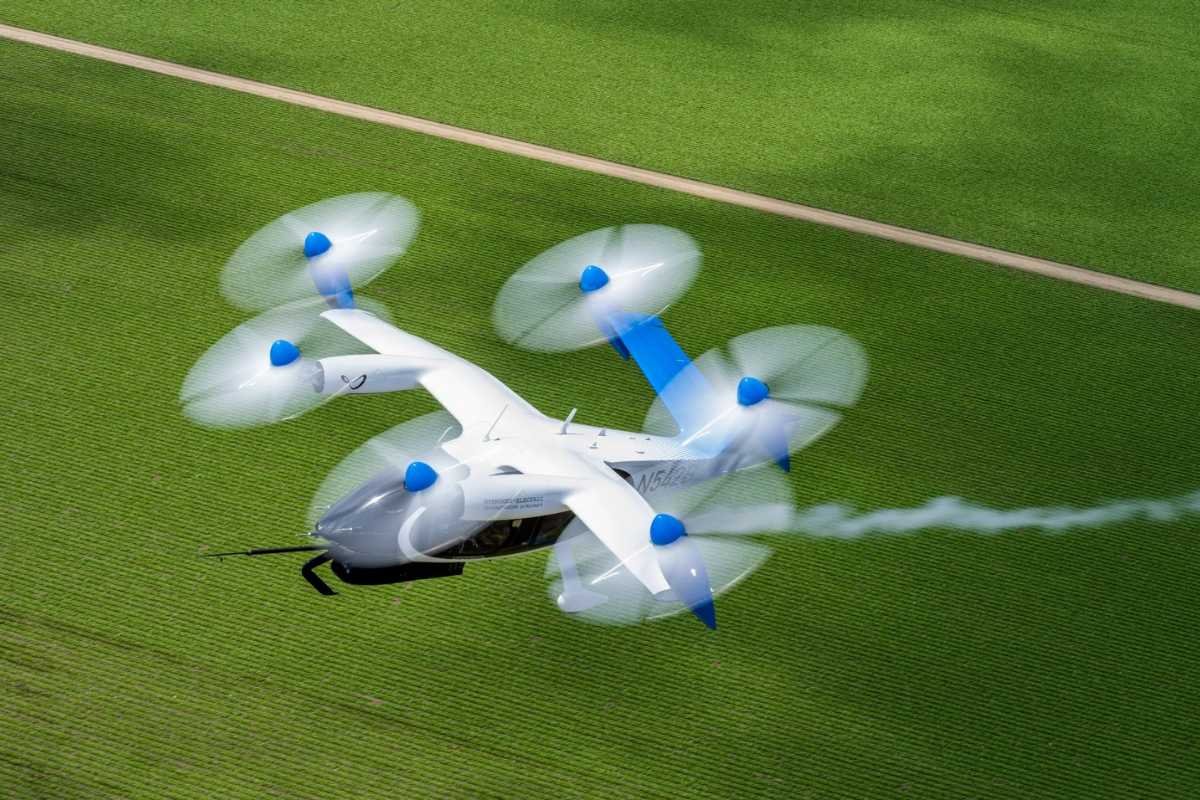Source – Investopedia
Tesla, the electric car giant, reported financial results for the fourth quarter that fell short of analysts’ estimates. The stock experienced a nearly 6% decline in extended trading following the announcement. While total revenue increased by 3% from the previous year to $24.3 billion, automotive revenue only saw a 1% uptick.
Operating Margin Decline and Net Income Surge
The operating margin for the quarter came in at 8.2%, a decrease from the previous year’s 16% figure but slightly higher than the prior quarter’s 7.6%. Despite the meager growth in auto revenue, net income more than doubled to $7.9 billion, or $2.27 per share, mainly due to a substantial $5.9 billion one-time noncash tax benefit.
Factors Contributing to Slow Auto Revenue Growth
The sluggish growth in automotive revenue is attributed in part to a reduced average selling price resulting from significant price cuts globally in the second half of the year.
Cautionary Notes from Tesla
In an investor presentation, Tesla cautioned that vehicle volume growth in 2024 might be notably lower than the previous year’s growth rate. The company explained that it is currently in a transitional phase, working towards launching its “next-generation vehicle” in Texas, and referred to being “between two major growth waves.”
Elon Musk’s Ownership Desire Raises Questions
During the earnings call, CEO Elon Musk faced questions about his desire to own 25% of Tesla. This desire, mentioned in a recent tweet, raised concerns among investors. Musk responded by expressing his reluctance to be subject to decisions by a “random shareholder advisory board” and suggested the possibility of creating a dual-class share structure.
Tesla’s Humanoid Robot Optimus
Musk provided insights into Tesla’s humanoid robot named Optimus, describing it as potentially surpassing the value of all other Tesla products combined. He emphasized the sophistication of Optimus, positioning it as the most advanced humanoid robot globally. Musk, however, did not provide specific guidance on its production timeline, capabilities, or cost.
Tesla’s Financial Overview
For the full year, Tesla reported automotive revenue of $82.42 billion, marking a 15% increase from 2022. The energy division showed strength with a 54% revenue increase to $6.04 billion. Operating income for the quarter decreased to $2.1 billion, with Tesla attributing the decline to the reduced average sales price of vehicles and increased operating expenses, partly driven by AI and other research and development projects.
Tesla’s Share Performance
Tesla shares have faced a challenging start in 2024, declining approximately 16% year-to-date as of Wednesday’s close. This comes after a remarkable doubling of share value in 2023.
Tesla’s Supercharger Network and Full Self-Driving Beta
As of the end of 2023, Tesla had 54,892 Supercharger connectors globally at 5,952 stations. Additionally, Tesla confirmed the rollout of a new version of its premium driver assistance software, marketed as the Full Self-Driving Beta or FSD Beta option.
While Tesla’s financial results missed expectations, the company remains optimistic about its future, particularly with advancements in technology and the anticipated success of products like the Cybertruck and Optimus. Investors will closely watch how Tesla navigates the challenges and opportunities ahead.









